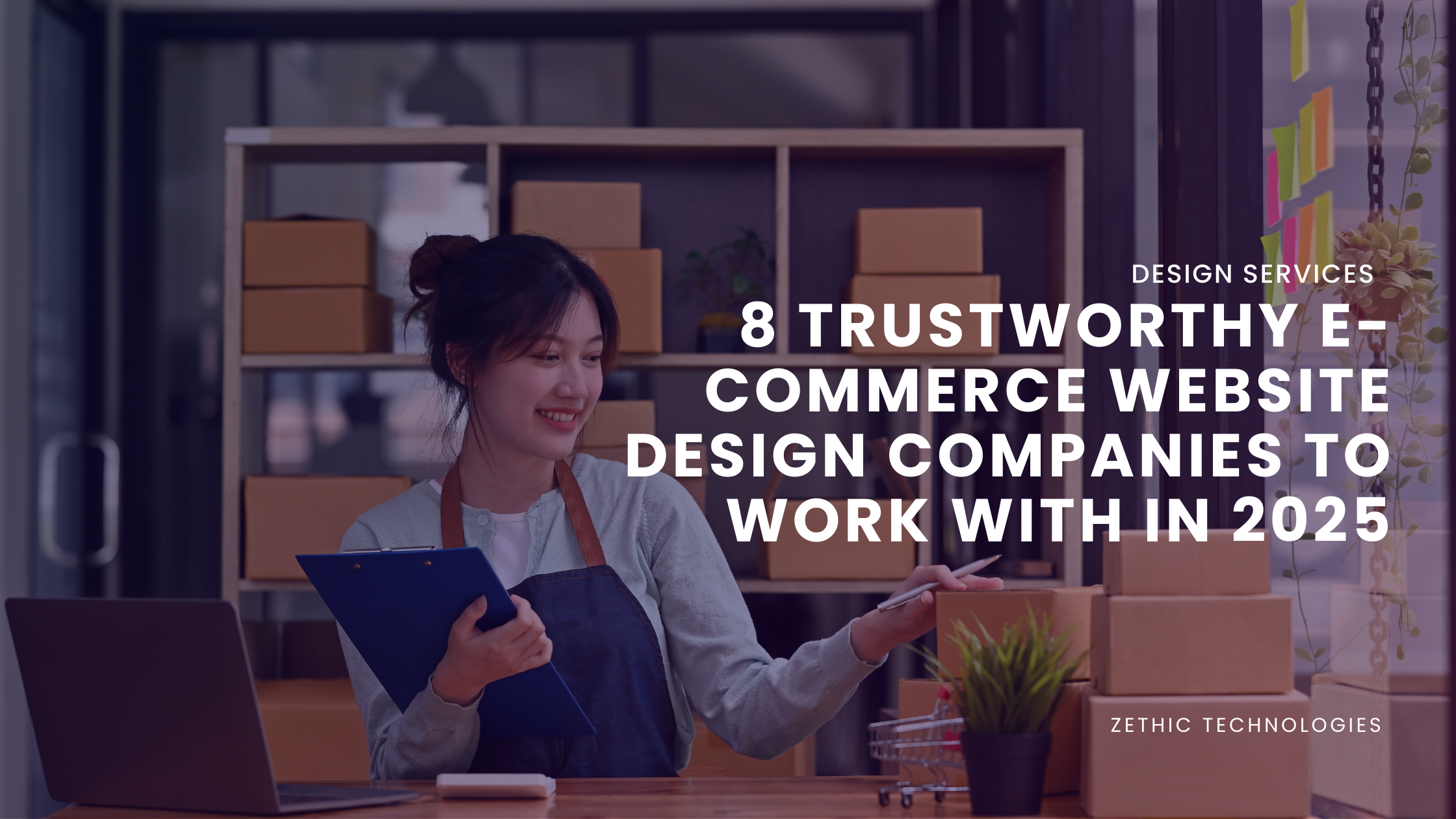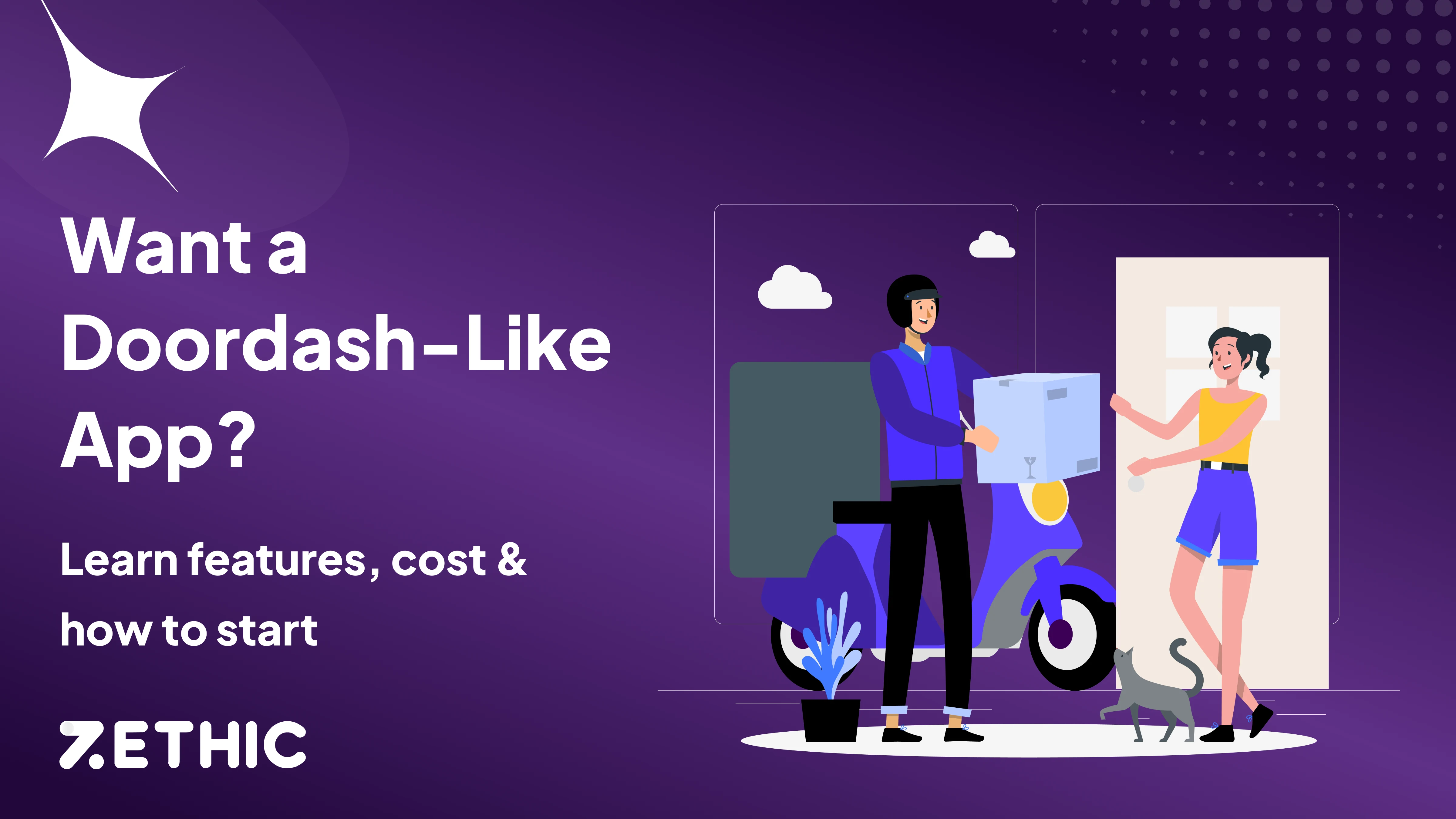Flutter, Google’s powerful UI toolkit, has revolutionized the way mobile apps are developed. Its ability to create stunning, high-performance apps for both iOS and Android from a single codebase has made it a popular choice for developers worldwide.
With the surge in e-commerce, building a robust and user-friendly app has become essential for businesses. Flutter’s rich set of widgets, fast development cycles, and excellent performance make it an ideal choice for creating feature-rich eCommerce apps. This guide will explore the key steps in build eCommerce mobile app using Flutter.
Table of Contents
Why Should You Build An Ecommerce Mobile App Using Flutter?
Flutter offers a compelling solution for building high-performance, visually appealing eCommerce apps. Here’s why:
- Cross-Platform Development: Flutter allows you to write a single codebase that can be deployed on both iOS and Android, saving time and resources.
- Performance: Flutter apps offer native-like performance, ensuring a smooth and responsive user experience.
- Customization: With Flutter’s rich set of customizable widgets, you can create unique and visually appealing user interfaces.
- Rich Ecosystem: Flutter’s growing ecosystem provides access to a wide range of pre-built packages and libraries for e-commerce functionalities like payment integration, product catalogs, and shopping carts.
- Strong Community Support: Backed by Google, Flutter benefits from a large and active community, providing extensive documentation, tutorials, and support.
New Trends in Building an E-commerce Mobile App Using Flutter
Flutter is constantly evolving, and the e-commerce landscape is no exception. Here are some emerging trends in Flutter e-commerce app development:
1. AI and Machine Learning Integration
- Personalized Product Recommendations: Leveraging AI algorithms to analyze user behavior and preferences to suggest tailored products.
- Intelligent Search: Implementing advanced search functionalities, such as voice search and image recognition, to enhance user experience.
- Chatbots and Virtual Assistants: Providing round-the-clock customer support and assistance using AI-powered chatbots.
2. Augmented Reality (AR) and Virtual Reality (VR)

- Product Visualization: Allowing customers to visualize products in their own environment using Augmented Reality technology.
- Immersive Shopping Experiences: Creating virtual showrooms and stores to provide a unique and engaging shopping experience.
3. Voice Commerce
- Voice-Activated Shopping: Enabling users to make purchases using voice commands, making shopping more convenient and accessible.
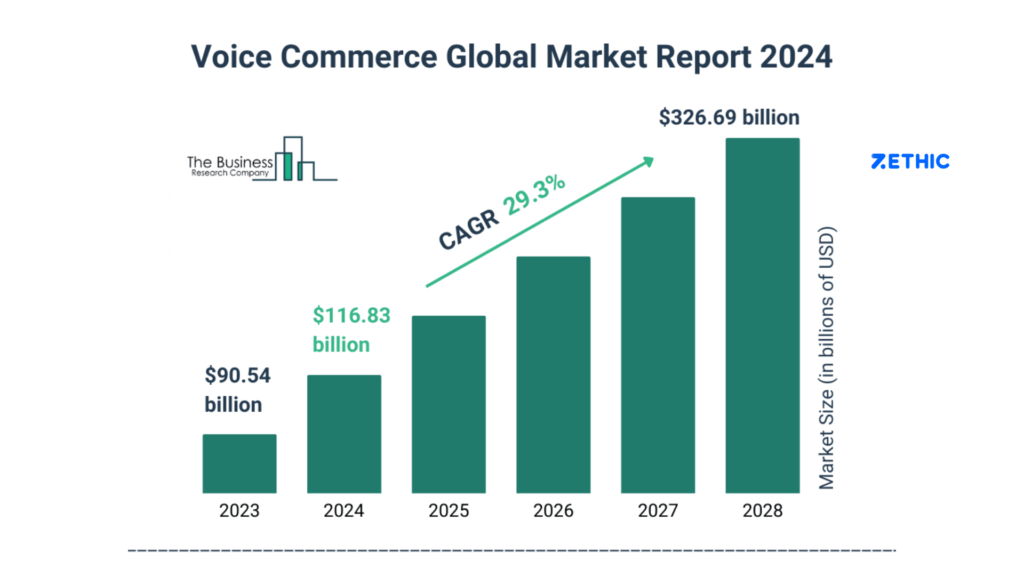
4. Blockchain Technology
- Secure Transactions: Ensuring the security and transparency of transactions using blockchain technology.
- Supply Chain Transparency: Tracking the origin and journey of products to build trust with customers.
5. Cross-Platform Development
- Consistent User Experience: Delivering a seamless experience across different platforms (iOS, Android, web, etc.) with a single codebase.
- Faster Time-to-Market: Reducing development time and costs by using Flutter’s efficient development framework.
Also Read: Top 10 Best Cross Platform App Development Frameworks
6. M-commerce Optimization
- Mobile-First Design: Prioritizing mobile experiences to cater to the growing number of mobile shoppers.
- Fast Loading Times: Optimizing app performance to ensure quick loading times and smooth interactions.
7. Social Commerce Integration
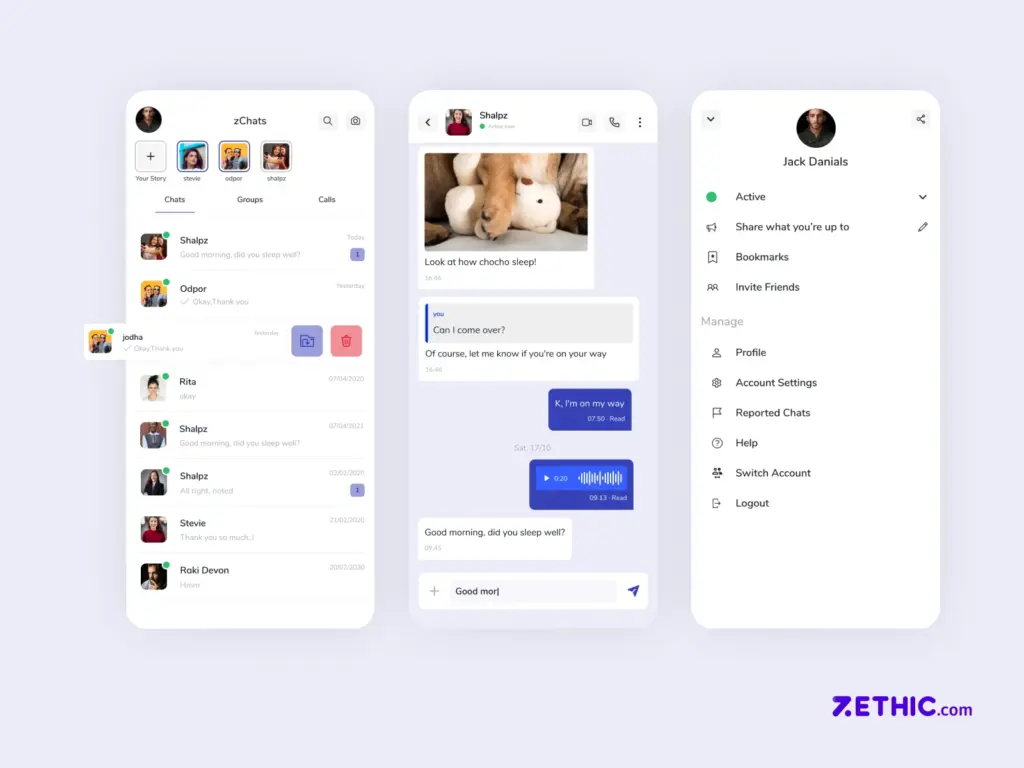
- Social Sharing and Referrals: Encouraging social sharing of products and offering incentives for referrals.
- Live Streaming Shopping: Hosting live shopping events to engage with customers in real-time.
By embracing these trends, you can create innovative and engaging e-commerce apps that stand out in a competitive market.
Zethic, a leading eCommerce app development company, specializes in creating innovative and scalable Flutter solutions by adapting to trending technologies and tailoring them to your business needs.
Key Features of an E-commerce App
To build a successful e-commerce app, you need to incorporate a range of essential features. Here are some key features to consider:
- User Registration and Login: Allow users to create accounts and log in securely.
- Product Catalog: Display products in a user-friendly way, with clear product descriptions, images, and pricing information.
- Search and Filter: Enable users to easily find products using search and filter options.
- Shopping Cart: Allow users to add products to their cart, modify quantities, and apply discounts.
- Secure Checkout: Implement secure payment gateways to process transactions.
- Order Tracking: Provide real-time order tracking to keep users informed.
- Wish List: Allow users to save products for later purchase.
- Reviews and Ratings: Enable users to leave reviews and ratings for products.
- Push Notifications: Send notifications for order updates, promotions, and personalized recommendations.
- Customer Support: Offer various support channels, such as live chat, email, and phone.
By incorporating these essential features, you can create a robust and user-friendly e-commerce app.
6 Steps to Build Ecommerce Mobile App Using Flutter
Ready to dive into the world of Flutter app development?
Creating a robust and user-friendly eCommerce app can be a game-changer for your business. Flutter, Google’s powerful UI toolkit, offers a streamlined approach to building cross-platform apps, including eCommerce solutions.
1. Set Up Your Development Environment
- Install Flutter SDK: Download and install the latest Flutter SDK for your operating system.
- Choose Your IDE: Configure a suitable IDE like Android Studio or Visual Studio Code with Flutter and Dart plugins.
2. Design Your App’s UI/UX
- Sketch Your Wireframes: Plan the layout of your app’s screens, including the homepage, product listings, product details, cart, and checkout.
- Utilize Flutter’s Widgets: Leverage Flutter’s rich widget library to build visually appealing and interactive UI elements.
- Prioritize User Experience: Ensure a smooth and intuitive user journey by following best practices for mobile app design.
3. Implement Core Features
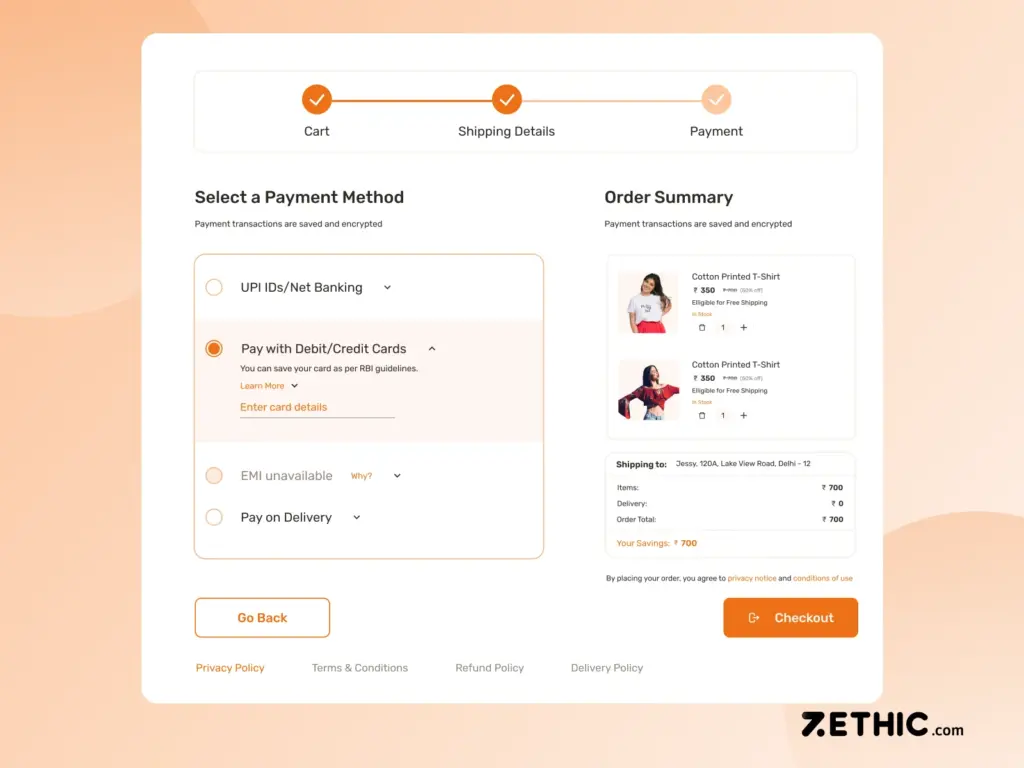
- Product Catalog:
- Create a data model to represent products (name, price, image, description).
- Fetch product data from an API or local database.
- Display products in a user-friendly list or grid view.
- Product Details:
- Show detailed information about a product, including images, descriptions, and reviews.
- Implement an “Add to Cart” button.
- Shopping Cart:
- Store products added to the cart in a local database or shared preferences.
- Calculate the total price and quantity.
- Allow users to remove or modify items.
- Checkout:
- Implement a secure checkout process using payment gateways (e.g., Stripe, PayPal).
- Collect user shipping and billing information.
- Process orders and send confirmation emails.
4. Integrate Essential Features
- User Authentication:
- Implement user registration and login functionalities.
- Use Firebase Authentication or custom authentication methods.
- Payment Integration:
- Integrate with payment gateways to process payments securely.
- Handle payment success and failure scenarios.
- Order Management:
- Track order status (pending, processing, shipped, delivered).
- Allow users to view order history and details.
5. Test and Debug
- Thorough Testing: Use Flutter’s built-in testing tools to ensure your app functions correctly.
- Debug Effectively: Identify and fix issues using Flutter’s debugging tools.
6. Deploy Your App
- Build Your App: Create APK and IPA files for Android and iOS, respectively.
- Submit to App Stores: Submit your app to Google Play Store and Apple App Store.
- Consider Web Deployment: Deploy a web version of your app for broader reach.
By following these steps and leveraging Flutter’s powerful capabilities, you can create a high-quality eCommerce app that attracts and retains customers. Zethic, a leading Flutter app development company in India, specializes in crafting innovative and scalable solutions to meet your business needs.
Want to build a cutting-edge eCommerce app with Flutter?
Zethic’s expert developers specialize in creating seamless and scalable cross-platform solutions. Get in touch with us today to transform your idea into reality!
Get A Free QuoteHow Much Does It Cost to Build an eCommerce Mobile App Using Flutter?
Building an eCommerce app with Flutter can be a cost-effective solution, but the overall expense depends on several factors, including app complexity, features, and development team expertise. Here’s a breakdown of what influences the cost of a Flutter eCommerce app:
1. Development Features
- Basic App: Includes product catalog, user authentication, and shopping cart.
- Cost: ₹1,50,000 – ₹3,00,000
- Intermediate App: Adds features like payment gateways, order tracking, and push notifications.
- Cost: ₹3,00,000 – ₹6,00,000
- Advanced App: Includes AI-driven recommendations, real-time tracking, and AR/VR integration.
- Cost: ₹6,00,000+
2. Team Size and Expertise
- Freelancers: ₹50,000 – ₹2,50,000 (varies by experience).
- Development Agencies: ₹3,00,000 – ₹10,00,000, depending on the company’s expertise and location.
3. Customization and Design
Custom designs tailored to your brand increase costs compared to using pre-built templates.
- Basic Templates: ₹10,000 – ₹50,000
- Custom Design: ₹1,00,000+
4. Backend Development
Integrating robust backend systems for data management, user authentication, and analytics can range from ₹1,00,000 – ₹5,00,000.
5. Maintenance and Updates
Regular maintenance ensures the app runs smoothly post-launch.
- Annual Maintenance: ₹20,000 – ₹1,00,000+
Estimate the Cost for Your App
The total cost of a Flutter eCommerce app varies based on the unique requirements and scope of the project. For a detailed breakdown, visit Flutter App Development Cost in India.
Also Read: eCommerce Website Development Cost In India

Conclusion
Developing eCommerce apps using Flutter is a seamless and efficient process, thanks to its user-friendly interface, rich widget library, and cross-platform capabilities. Flutter’s scalability makes it an ideal choice for businesses of all sizes, allowing them to create high-performance apps without breaking the bank.
Additionally, Flutter’s cost-effectiveness ensures you can build robust and visually appealing apps while optimizing your budget. Whether you’re a startup or an established enterprise, Flutter provides the tools and flexibility needed to succeed in today’s competitive market.
Ready to take your eCommerce business to the next level? Start building your app today or hire a professional team like Zethic to bring your vision to life with expertise and precision. Contact us to get started!




